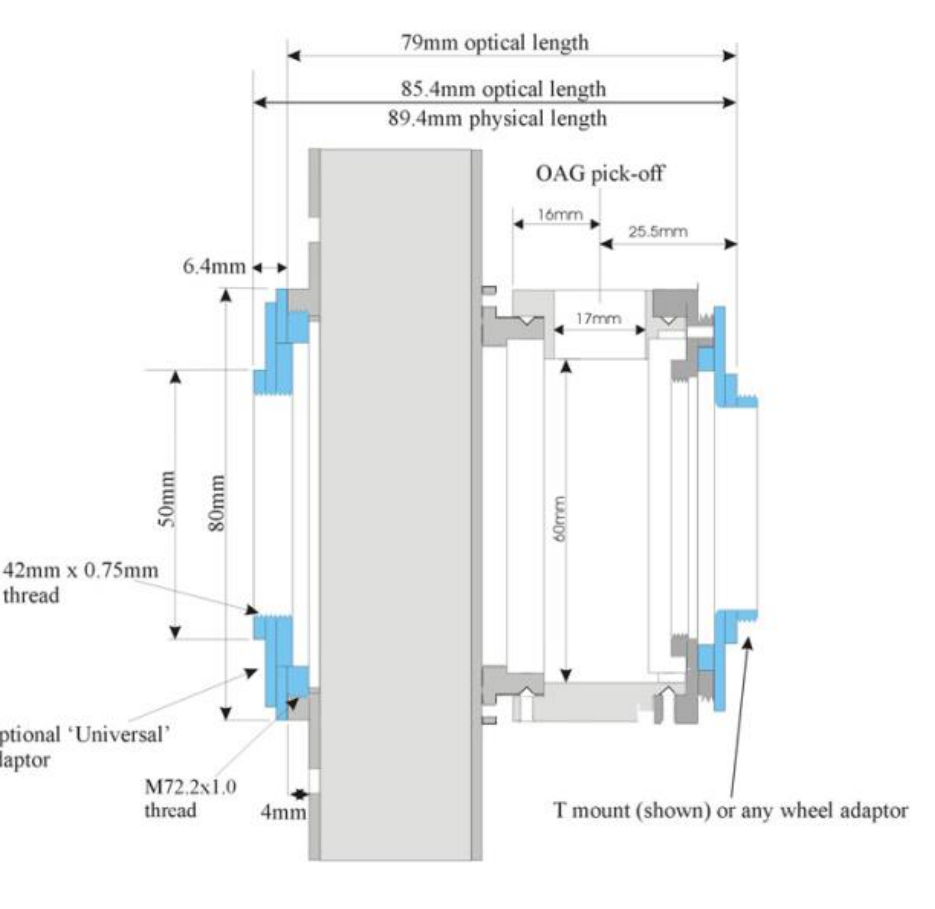John Stone:
So, I want to buy a longer focal length telescope to image Galaxies and PN and other smaller things.
Could a Skywatcher CQ350Pro @ $3K or a iOptron CEM70 also at $3K guide at 0.3 rms and handle a galaxy scope?
Hi John. I recently had the same questions as you, so I will detail my background, thoughts and solutions.
I shot Nebula for a couple of years, with my Stellarvue 80mm and Takahashi FSQ106 refractors, before I decided I wanted to shoot Galaxies.
I considered many OTAs, and I ended up getting the GSO RC10 as a specialist galaxy OTA. I shoot at 1484mm and F5.9 by reducer spacing.
I considered a few mounts and bought a CEM-120, as nothing premium is actually available here in New Zealand.
the CEM-120 was chosen mainly for the weight that I would be carrying, and not specifically for guiding specs.
Something that does not get mentioned too much, that I feel is important, is the impact that
one direction guiding can have on total RMS.
I managed to bring down my total Guide RMS numbers significantly by enabling one direction guiding. My theory is as follows.
if the DEC axis is guiding North and South, it will spend much time wobbling around, chasing seeing variations, often far more than reacting to
genuine star movement. this is especially true if the guide exposures are very short, if the focal length is long, and if the seeing is poor.
my solution is as follows.
1. get a Polar Alignment of something less than 30 arc seconds. at 1485mm and above accuracy with PA becomes important.
2. make sure the mount is balanced East heavy, so the RA motor is constantly engaged on the worm gear.
3. do a PHD2 guiding assistant run once you are on the target, and identify the North/South DEC drift direction.
you may need to run GA for about 4 or 5 minutes to identify this if the PA is very good.
4. enable
one direction guiding in the direction that goes against the DEC drift.
So if the Guide star is slowly drifting North, then the one direction guiding would be in the South direction.
5. slow down those guide exposures, as you don't want to chase seeing fluctuations, but you do want to chase genuine drift.
I now use 4.5 or 5 second guide exposures as standard, and I always use one direction guiding.
if the PA is close to perfect you will find the needed DEC movements are very small, so the actual Dec guide pulses will be very small too.
6. watch the PHD2 DEC corrections, and if the plot goes over the line (significantly) reduce the DEC aggression setting.
an advantage to one direction guiding, is that it almost completely nullifies DEC backlash, as the DEC axis is only heading in one direction, either
North or South, and therefore there is no worm reversal. DEC backlash is basically eliminated, and thats a good thing, especially if backlash is considerable.
Some experts have disagreed with my methods, but I have managed to get my CEM-120 RMS to very low numbers on nights of good seeing.
Good Luck. Dave



